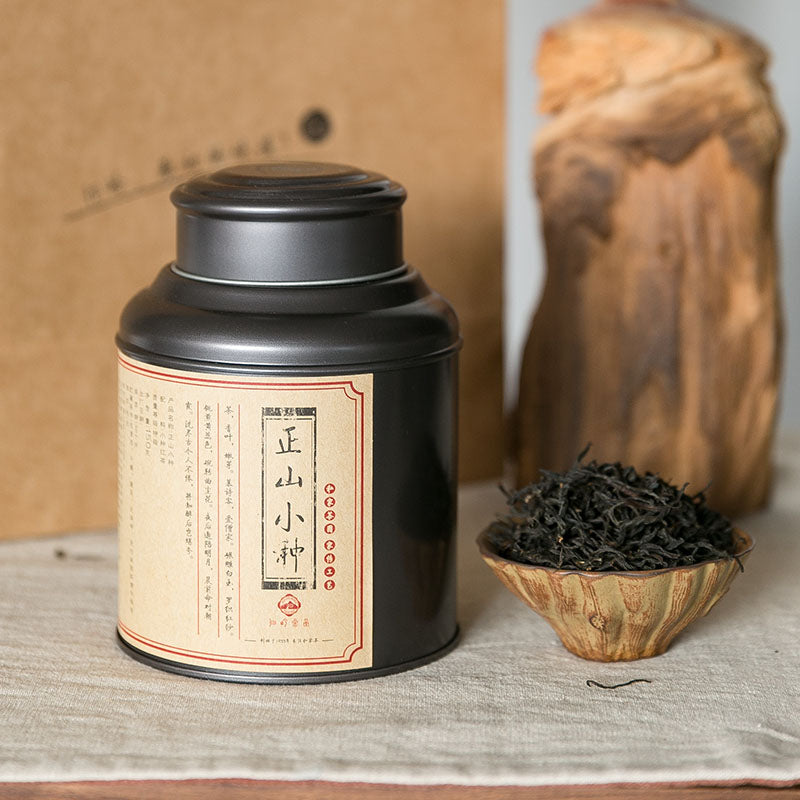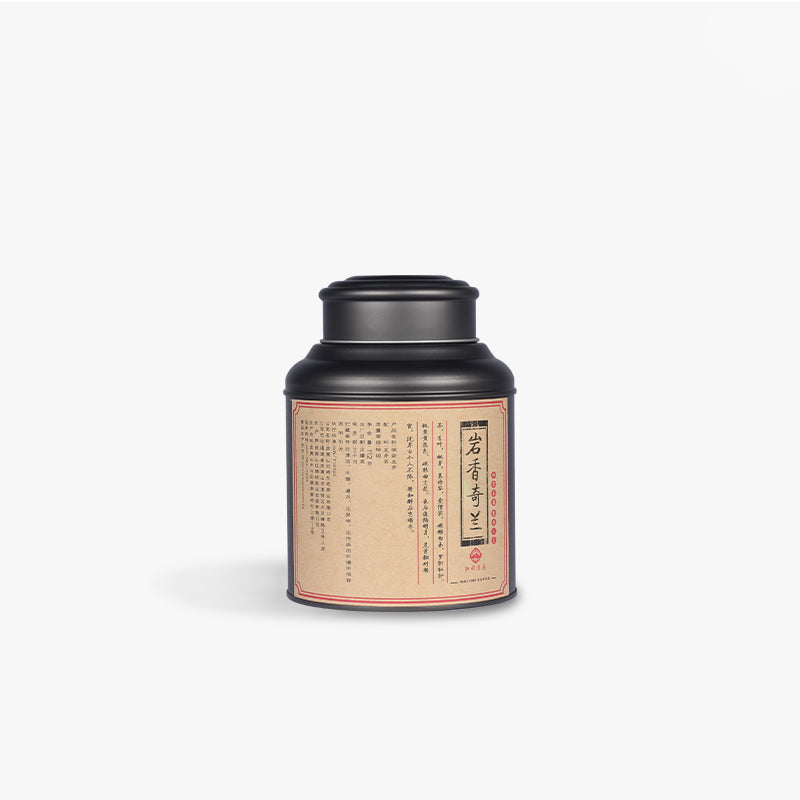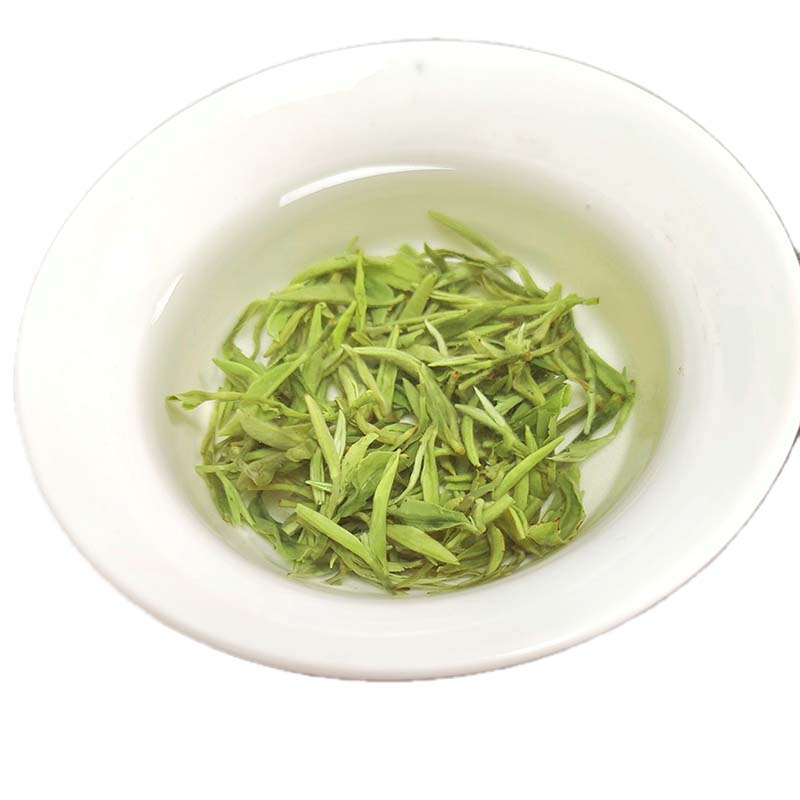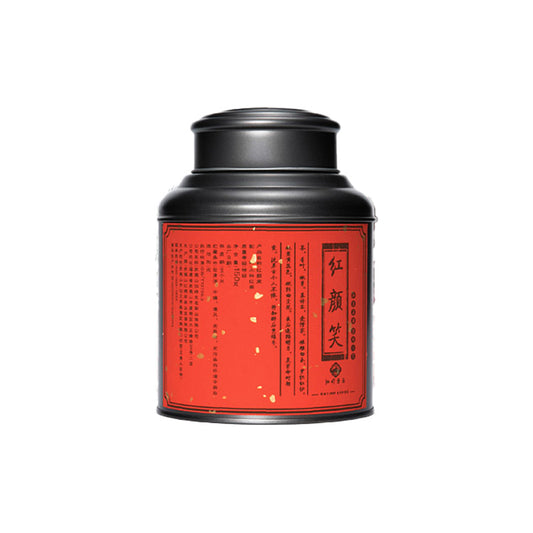Tea for Stomach Cramps A Soothing Brew for Digestive Comfort
Tea for Stomach Cramps A Soothing Brew for Digestive Comfort
Navigating the discomfort of stomach cramps can create a yearning for remedies that are both natural and gentle. For centuries, tea has been cherished as one of these soothing solutions, offering relief not just through its health properties, but also through the rituals and traditions that accompany its brewing. Let's explore which teas are renowned for their comforting qualities when it comes to settling stomach cramps, and the stories they carry from their leaves to your cup.
In the world of herbal teas, peppermint tea emerges as a leading contender for easing digestive discomfort. The leaves of this fragrant herb, native to Europe and the Middle East, have long been cultivated for their calming aroma and cooling properties. Peppermint contains menthol, which has a soothing effect on the gastrointestinal tract, helping to relax the muscles of the digestive system. This relaxation can result in alleviating spasms and the pain of cramps, making peppermint tea a trusted ally for those seeking relief. The key is to brew it just right: a five-minute steep in boiling water releases its essential oils without overpowering its delicate, refreshing flavor.
Moving eastward, ginger tea, with its robust and spicy character, also stands out for its digestive benefits. Originating from the tropical jungles of Southern Asia, ginger has an impressive history as both a culinary spice and a medicinal plant. Its active compounds, gingerols and shogaols, have anti-inflammatory properties that can reduce nausea and pain. A slice of fresh ginger steeped in hot water can work wonders for stomach cramps, warming the body and calming the system. The experience of sipping ginger tea can feel like a cozy embrace, as much about the sensory delight as the relief it provides.
Chamomile tea, often celebrated for its calming effects on the mind, offers similar tranquility to the stomach. The tiny daisy-like flowers of the Matricaria chamomilla plant have been part of European folk medicine for centuries. Chamomile’s antispasmodic properties help relax the muscles lining the digestive tract, providing gentle relief from cramps and bloating. Brewed at a slightly cooler temperature than more robust teas, chamomile tea is best steeped for about 10 minutes to draw out its mild, apple-like fragrance. Letting its sweet aroma waft through your senses can be as beneficial as the tea itself.
While each of these teas brings its own unique flavor and history to bear, they all share a common thread: a connection to tradition and the simple pleasure of taking time for oneself. Whether you prefer a crisp peppermint breeze, the warming spice of ginger, or the floral notes of chamomile, preparing and sipping these teas can become a ritual in its own right. It's a moment to pause, reflect, and let nature’s remedies work their gentle magic.
There's something profoundly human about seeking solace in a warm cup, reminding us that comfort can be found in the simplest of places. After all, tea is more than just a beverage; it's a bridge to history, culture, and a sense of well-being. So next time your stomach sends a signal of distress, consider reaching for a kettle and some leaves, and let the timeless tradition of tea bring you tranquility.








